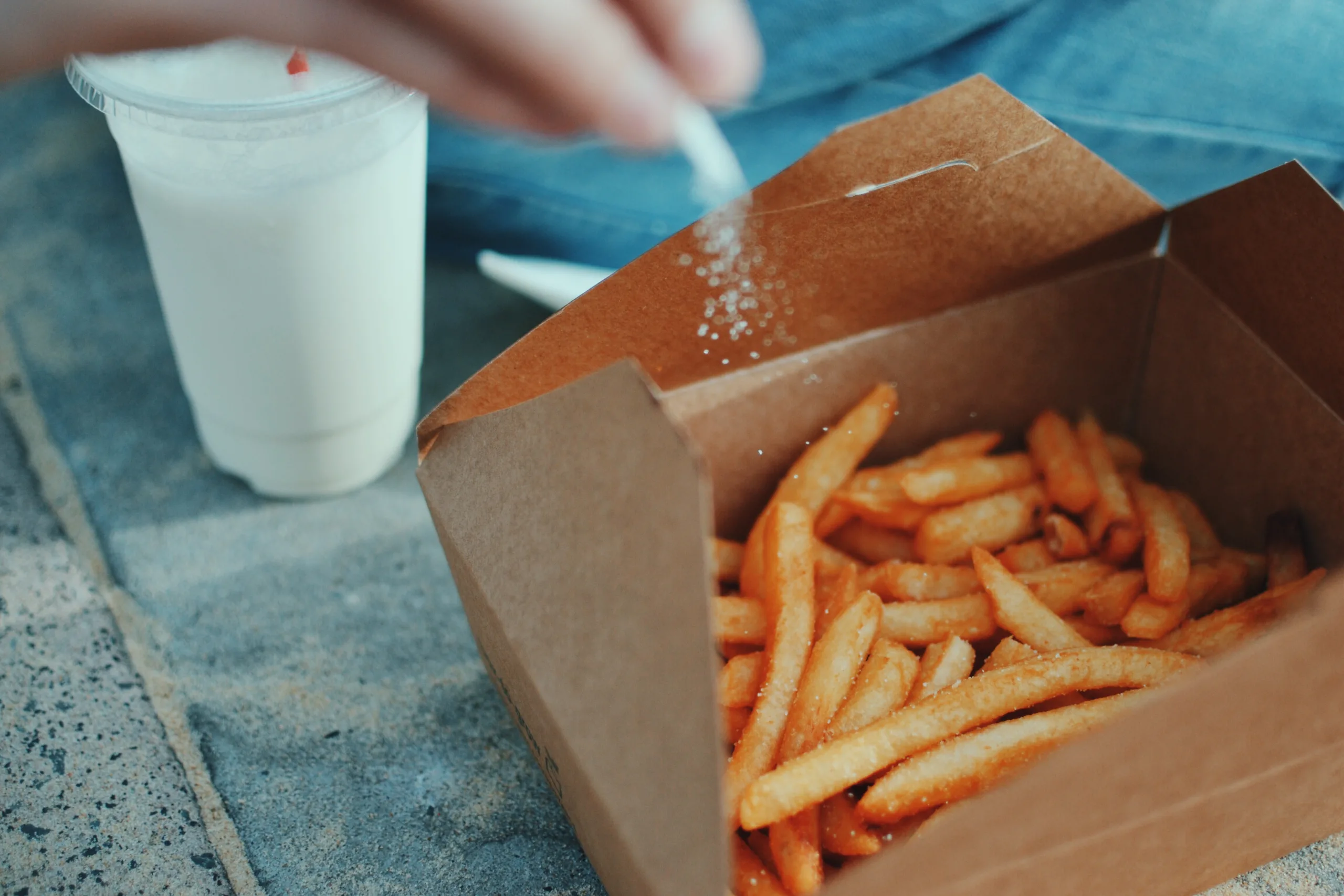A high-sodium diet is a pitfall that can lead to elevated blood pressure, a significant risk factor for cardiovascular disease[^1^]. Here are some examples of how to decrease sodium intake and adopt a heart-friendly lifestyle.
The DASH Diet: A Heart-Healthy Choice
The Dietary Approaches to Stop Hypertension diet, also known as DASH diet is a scientifically-backed heart-healthy diet that can reduce blood pressure in as little as two weeks[^2^]. This diet encourages the consumption of fresh fruits and vegetables, lean proteins, and whole grains, while limiting sodium, saturated fats, and added sugars[^3^].
Practical Steps to Lower Sodium Intake
Lowering sodium intake involves making mindful decisions about the foods we eat. Here are some strategies to assist you on this path:
- Opt for Fresh Foods: Choose plain fresh, frozen, or canned (low-sodium or no-salt-added) vegetables and add your own seasonings[^4^]. Select fresh or frozen skinless poultry, fish, and lean cuts of meat over those that are marinated, canned, smoked, brined, or cured[^5^].
- Read Nutrition Labels: Nutrition Facts labels on food packaging provide valuable information about the sodium content of foods. Opt for low- or reduced-sodium, or no-salt-added versions of foods[^6^].
- Avoid Processed Foods: Processed foods often contain high levels of sodium. Avoid foods such as bacon, ham, pickles, olives, mustard, ketchup, barbecue sauce, soy sauce, and teriyaki sauce[^7^]. Cook and eat more foods at home, where you can control the amount of sodium added[^8^].
- Experiment with Herbs and Spices: Enhance flavor with herbs, spices, lemon, lime, vinegar, or salt-free seasoning blends instead of salt or salty seasonings[^9^].
Healthy Dining Out Tips
Eating out doesn’t have to mean consuming excessive sodium. Here are some tips for dining out:
- Research the Menu: Check online nutrition information before dining out and avoid menu items that are pickled, cured, or smoked[^10^].
- Make Special Requests: Request that your meal be prepared without added salt, MSG, or salty ingredients such as bacon, pickles, olives, and cheese[^11^].
- Choose Healthy Sides: Choose fruit or vegetables instead of salty snacks, chips, or fries[^12^].
Conclusion
Reducing sodium intake is a crucial part of maintaining heart health. By making mindful food choices, reading nutrition labels, and making special requests when dining out, you can significantly reduce your sodium intake and improve your heart health[^13^].
References:
- The National Heart, Lung, and Blood Institute. (2022). Tips to Reduce Salt and Sodium. Retrieved from https://www.nhlbi.nih.gov/sites/default/files/publications/TipsToReduceSodium.pdf, p. 0
- Ibid.
- Ibid.
- Ibid.
- Ibid.
- Ibid.
- Ibid., p. 1
- Ibid.
- Ibid.
- Ibid.
- Ibid.
- Ibid.
- Ibid.

